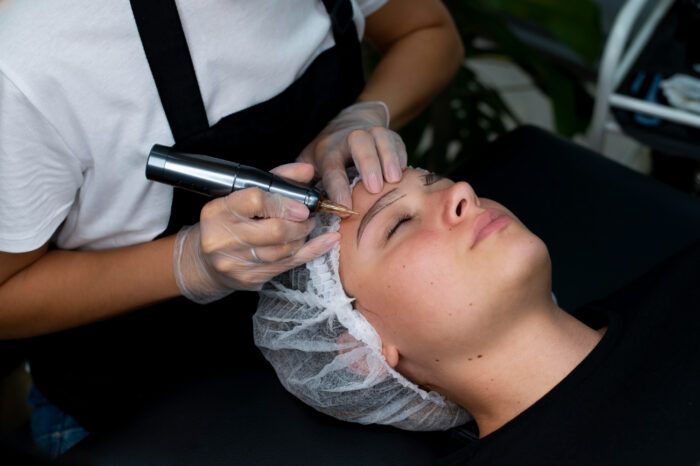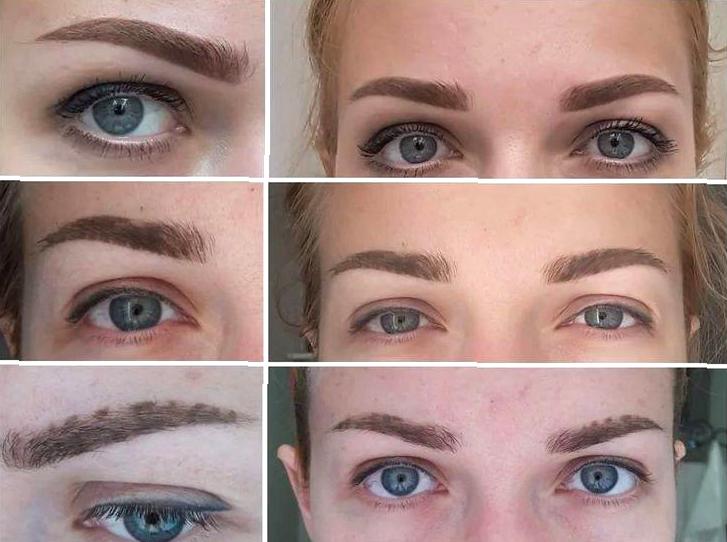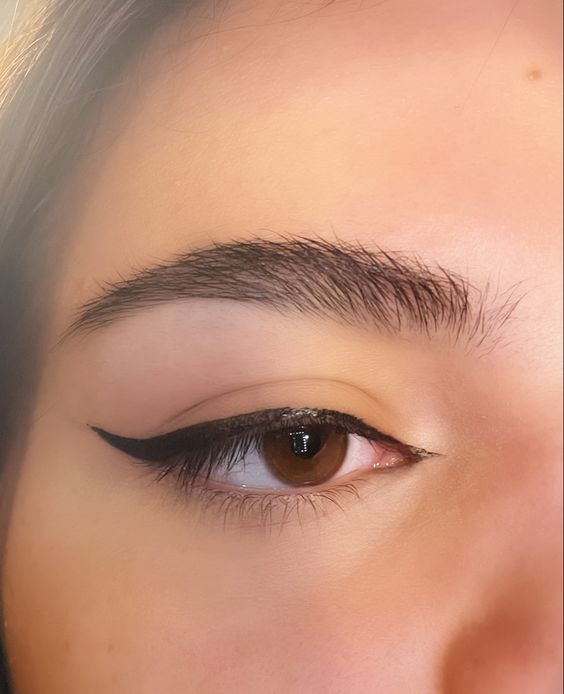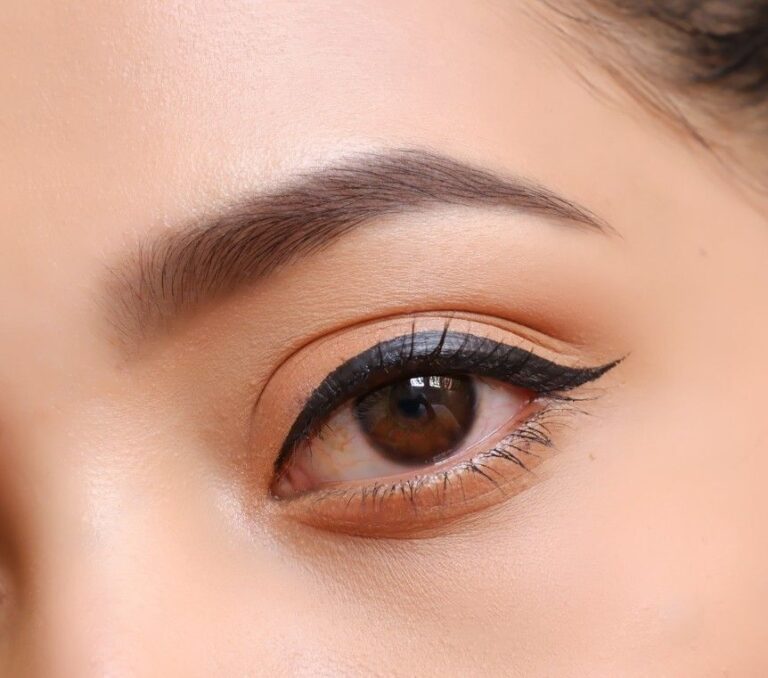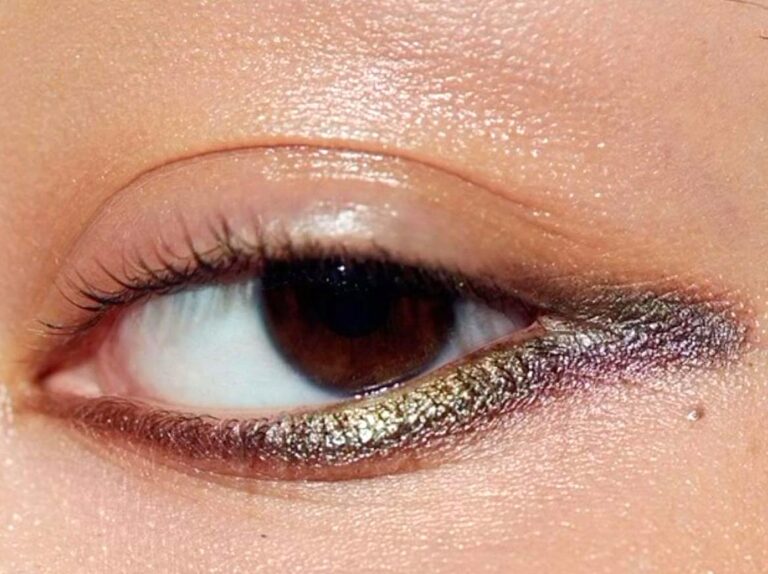When it comes to achieving perfectly shaped eyebrows, two popular techniques have emerged: eyebrow tattooing and microblading. While both methods aim to enhance the eyebrows, they differ significantly in technique, longevity, and appearance. This article dives deep into these two beauty options to help you make an informed decision on what might be best for you.

Understanding Eyebrow Tattooing
Eyebrow tattooing, often referred to as permanent makeup, involves depositing ink beneath the skin to create a more defined shape and fill out sparse areas. This method uses a machine similar to traditional tattooing equipment. The results are intended to last for many years, making it a popular choice for those seeking a long-lasting solution to their brow woes. Since this technique penetrates deeper into the skin, it can often lead to a more solid and uniform appearance.
One of the major benefits of eyebrow tattooing is its durability. Most eyebrow tattoos can last anywhere from 1 to 3 years, depending on skin type and aftercare. However, the appeal of tattooing comes with some drawbacks. The recovery time can be longer, and as the skin heals, there can be some fading and color changes that may not be desirable. It is also essential to consider that tattoo removal can be a challenging and costly process if the results are not as expected.
The Art of Microblading
Microblading is a semi-permanent technique that involves using a handheld tool with tiny needles to create hair-like strokes on the skin’s surface. This method allows for incredible precision and personalization, making it ideal for clients who desire a natural look. The color pigments used in microblading are designed to fade over time, usually ranging from 1 to 3 years, which encourages regular touch-ups and adjustments to maintain the desired appearance.

One of the greatest advantages of microblading is that it offers a more realistic representation of natural brow hairs, providing a customizable and versatile experience. Because it only affects the upper layer of skin, the healing process is often quicker and less intensive than traditional eyebrow tattooing. However, microblading may be less suited for individuals with oily skin types, as the strokes can blur or fade sooner. It’s also critical for clients to research and select a skilled technician to ensure a beautiful and safe outcome.
Pros and Cons Comparison
To clarify the distinctions between eyebrow tattooing and microblading, here’s a summarized list of pros and cons for each technique:
- Eyebrow Tattooing:
-
- Pros: Long-lasting results, less frequent touch-ups.
- Cons: Can appear artificial, longer recovery time, potentially more challenging to remove.
-
- Microblading:
-
- Pros: Natural appearance, quick healing time, customizable.
- Cons: Requires regular touch-ups, less durable on oily skin, may fade faster.
-
Aftercare and Maintenance
Both eyebrow tattooing and microblading require proper aftercare to achieve the best results. For eyebrow tattooing, clients are typically advised to keep the area clean and moisturized while avoiding sun exposure and excessive sweating during the initial healing phase. The longevity of the tattoo can be impacted by skin care routines, sun exposure, and lifestyle choices such as swimming or frequent peeling.

Microblading also has specific aftercare requirements. After the procedure, clients should refrain from wetting their eyebrows, applying makeup, or exposing the area to direct sunlight. Following a strict aftercare routine is crucial for the integrity of the strokes and preventing infections. Regular touch-ups, typically done once a year, are recommended to maintain the crispness and definition of the microbladed brows.
Choosing the Right Method for You
Deciding whether to get an eyebrow tattoo or microblading depends largely on your personal preferences, lifestyle, and skin type. If you prefer a more defined and long-lasting solution and are comfortable with a less natural look, eyebrow tattooing may be the way to go. On the other hand, if you desire a natural appearance and are open to regular maintenance, microblading is the ideal choice.

It is also advisable to consult with a licensed professional who specializes in eyebrow enhancements. They can guide you through the process, assess your skin type, and discuss any specific concerns you may have. Ultimately, the right choice should align with both your beauty goals and maintenance preferences.
Conclusion
Both eyebrow tattooing and microblading are effective methods for enhancing your eyebrows, each offering unique benefits and considerations. By understanding the key differences—such as longevity, appearance, and maintenance requirements—you are better equipped to make a decision that fits your lifestyle and desired outcome. Whichever technique you choose, ensure you do thorough research and follow up with a skilled technician to achieve the best results for your beautiful brows.
FAQs
Eyebrow tattooing typically lasts between 1 to 3 years, depending on individual factors such as skin type and aftercare.
2. Can microblading be removed if I don’t like it?
Yes, microblading can fade over time, but if you want to speed up the removal, there are options like saline removers or laser treatments available. Consult with a professional for the best method.
3. How painful are eyebrow tattooing and microblading?
Pain levels can vary for each individual. Both procedures use numbing agents to minimize discomfort, but some clients report that microblading is less painful due to the superficial nature of the technique.
4. Can I still wear makeup on my brows after treatment?
It is advised to avoid any makeup on the treated area for at least a week after either procedure to ensure proper healing and final results.
5. Is there any special preparation needed before getting either procedure?
Yes, it’s recommended to avoid alcohol, blood thinners, and excessive sun exposure a few days prior to the procedure to minimize any bleeding or sensitivity.
